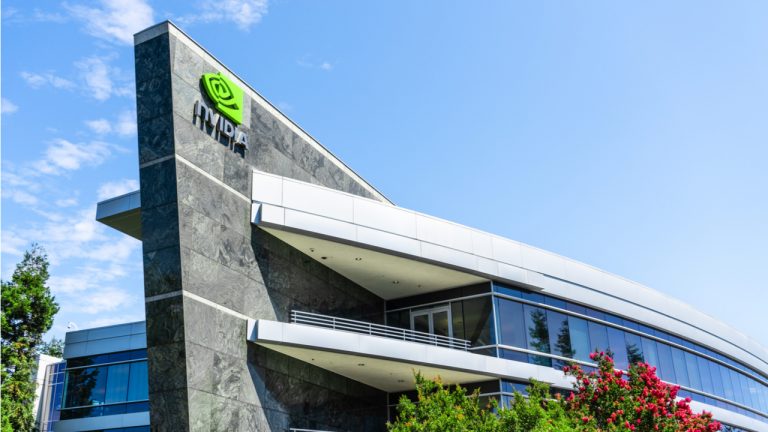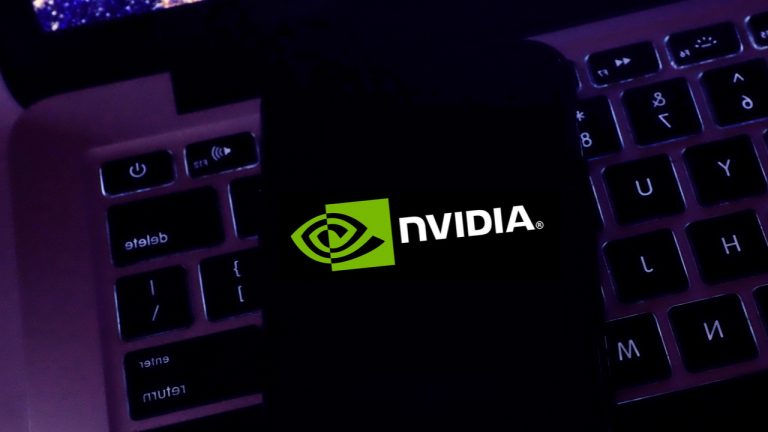
With Ether sinking below $2,000, the price of graphics cards has seen a further decline from June to July.
Graphics processing units (GPUs) have become a little cheaper in July amid a continued downtrend in the price of Ether (ETH).
According to a review by TechSpot, GPU prices across popular graphics cards are slightly lower in July than they were in June.
The lower prices in July are a continuation of the steady decline in GPU prices since the onset of the current crypto market downturn.
Indeed, with ETH tanking from over $4,000 in May to below $2,000, mining profitability has also tapered significantly. According to data from BitInfoCharts, Ether mining profitability is down about 80% from its May 2021 highs.
With Ether mining difficulty also down almost 8%, it appears GPU mining interest is also at a slower lower ebb. Overall, these factors could trigger decreased demand for already scarce graphic card hardware, to the benefit of non-crypto mining GPU users like gamers.
Surging demand by altcoin miners drove up the price of GPU miners with manufacturers forced to include hardware blocks to their graphics cards to limit performance as a means of discouraging miners.
GPU makers like Nvidia have also launched crypto mining-only graphic cards in an attempt to lessen the price burden on the rest of the PC hardware ecosystem.
TechSpot figures show a 16% average decrease in GPU price inflation from the manufacturer’s suggested retail price (MSRP) in June. As of the third week of July, several GPUs are already down by between $200 and $500.
However, despite the decline, GPU prices are still much higher than their respective MSRPs leading to average price inflation of 92% according to TechSpot figures. Indeed, the listed price of the GeForce RTX 3060 Ti at $1,012 is about 153% of its MSRP of $400.
Related: Nvidia GPU prices in China fall amid crypto mining crackdown
With GPUs still selling at almost twice the MSRP, gamers and other non-crypto mining members of the PC hardware ecosystem might still find their prices out of reach especially for brand-new GPUs.
In fact, the same situation also exists in the used GPU market with the current price drops is not enough to cause a significant decline in price inflation.
However, as previously reported by Cointelegraph, Nvidia GPU prices are down across Chinese e-commerce websites likely due to the crackdown on crypto mining activities in the country.









